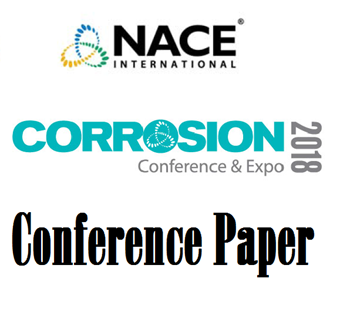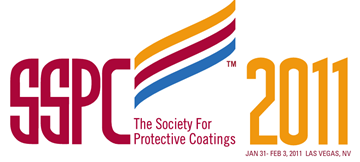Search
Successful Preservation Practices for Steel Bridge Coatings
Also Purchased
51318-11288-Bridge Coating Operation and Maintenance Planning
Product Number:
51318-11288-SG
Publication Date:
2018
$20.00
Spot Painting as a Bridge Preservation Tool
Product Number:
41214-835-SG
Publication Date:
2014
$20.00
Preparing an Inspection Plan for Bridge Maintenance Painting
Product Number:
41211-596-SG
Publication Date:
2011
$20.00
Recently viewed




